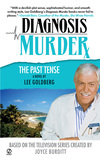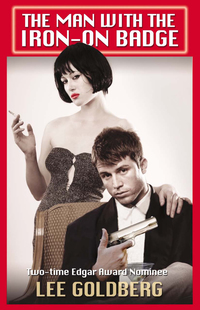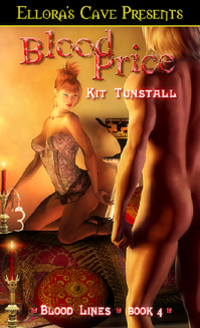Yesterday, I was a guest at writer’s conference at a hotel out in Simi Valley. It was one of those small-time conferences where the paid attendees were vastly out-numbered by the invited authors, 90% of whom were self-published (One of the authors there was published by Ellora’s Cave and let me tell you, those hideous CG covers look even worse in print than they do on screen).
With the exception of having the opportunity to chat with Leslie Klinger (author of the widely acclaimed and award-winning "New Annotated Sherlock Holmes"), the event was a complete waste of time. I didn’t sell a single book nor, it seemed, did anybody else. I also didn’t meet a single reader. Come to think of it, I didn’t I even see one. The only people in the booksigning room were the authors… otherwise, the aisles were empty. I left when someone calling himself "The Peanut Man" went up to the microphone in the bookroom to read-aloud from his work.
On the drive back home, suffering from a skull-cracking boredom headache, I vowed to be much more
selective about the events that I agree to do. But it’s not easy to
determine, from the invitations alone, which events will be worthwhile
and which will suck the soul out of your body with a straw, cost you money, and take too much time away from your family and your writing. My friend Harley Jane Kozak, who is on her way today to an event up in Fresno, is also grappling with this issue:
I don’t have the experience to tell the waste-of-time gigs from the
worthwhile ones, or even figure out the criteria. Number of bodies that
show up? Books sold? Miles driven? Media interest? Quality of life
experienced by my husband and children while I’m on the road? Time
spent not writing my current novel? I operate on vague instincts.
I don’t judge the events solely on the basis of how many books I’m likely to sell. I try to guess whether it will be a good opportunity to establish relationships with booksellers, generate w0rd-of-mouth/publicity, meet readers, or network with other writers.
I also factor in the cost (how much will it cost me in gas, airfare, hotel, food etc.), inconvenience (do I have to drive to Fresno!?) and whether the event is for a good cause (fundraising for charity, educating aspiring writers, etc). And, finally, it comes down to gut instinct… do the organizers have a clue what they are doing? What are the odds that I will, at the very least, enjoy myself? Could any good possibly come from shlepping to Fresno?
I’m better at judging events than I used to be…but I still end up at conferences like the one yesterday, which raised $1200 for the homeless. That’s fine, but I suspect a good chunk of that money came from invited authors, who were pressured by the well-meaning event organizers to not only attend the conference, but pay $25 for breakfast. That should have been my first clue that this event was destined to suck…







